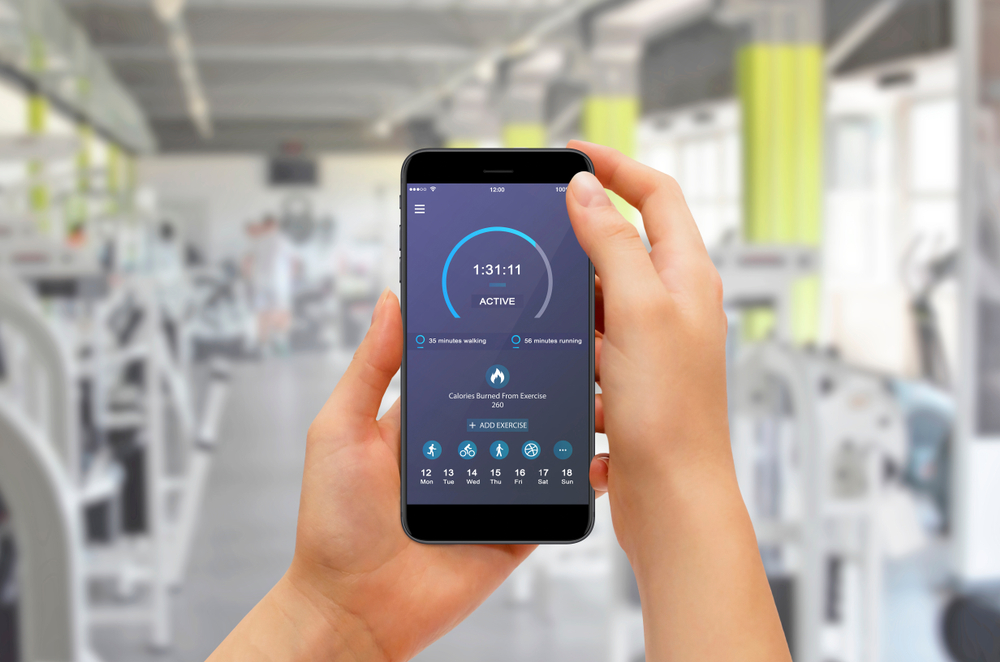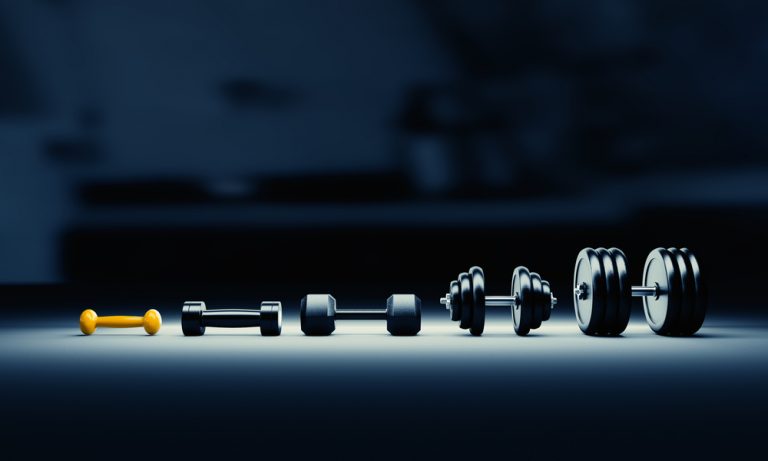Gym training, which is additionally supported by the appropriate diet, is intended to bring us the appropriate effect in the form of changes to our figure as well as changes in exercise parameters. It should also be remembered that when starting an activity, we are forced to wait for an adequate amount of time to allow the adaptive process of the nervous system or the time needed to adapt the muscle tissue to exercise changes, to start working. In order to control such changes, we have several different parameters that we can control and draw conclusions about them.
Taking into account what happens to the body, progress can be divided into both physical and mental changes. The breakdown of the individual parameters that we can control is classified as follows:
Progressive training
Number of repetitions
The number of repetitions in the series is meant to make us realize how much we can do with the weight we use in the work series. Being able to do more repetitions with the weight we've been doing so far will tell us that our strength is starting to grow, and the mass of muscle tissue can improve, so we are able to lift the same weight more times.
Load
Another parameter that is improved is how much we can put on the bar. Strength is a determinant of whether adaptive changes in the nervous system are optimal. True, nerve stimulation alone does not necessarily translate into an improvement in muscle mass and vice versa. However, usually the increase in muscle mass will be associated with the ability to lift higher loads.
Break time between series
This is a parameter that will indicate the strength building process and the regenerative capacity. Shorter intervals between series will indicate whether the body adjusts to the imposed training regimen. Rest will be needed less often and should last less time.
Time needed for regeneration
It will indicate whether the training volume is adjusted appropriately and whether the diet is balanced according to the requirements of our body. The longer resting time that will be required to complete another training session will be a warning to us that it may require a change in load or a change in diet. When regeneration is fast and we feel that the next day after the workout we are brisk, maybe you should think about adding a bit more exercise or series.
Evaluation of the degree of fatigue
The way we feel after a workout should suggest to us whether it was done well, whether we’ve overdone it or not done enough. If we feel overly fatigued after a workout, that means we might have overdone it. However, if after a few hours everything is back to normal, we should not change anything. If the state of weakening is maintained, it may be necessary to change the volume or add a bit more energy.

Progresses with the figure
Body mass
The increase in muscle mass will translate into weight gain, which is no doubt. But in addition to the weight itself, is also important that it grows fast, but not too fast. A rapid increase in this parameter will be associated with an increase in body fat. Basing on the body mass index itself is not an optimal solution, because we have a demarcation, what is the percentage of muscle mass and fat.
Measurements
Body measurements give us an idea of how weight gains are distributed. Typically, the limb measurements suggest that the muscle mass is increasing. Increasing numbers around the waist will tell us that the body is beginning to accumulate fat, which will require energy supply adjustments. Likewise, the issue is reduced. The waist circumference will most likely suggest how quickly we lose fat. If the loss around the limbs is too fast, it may indicate that we are losing muscle tissue.
Mirror and regular photos
One of the best methods to evaluate real changes in the tissue distribution of our works. With a subjective assessment of the figure we will see in the reflection whether something starts to happen and how the body reacts to diet-training changes. Moreover, regular photographs will allow us to compare changes over time.
Measurement using bio-impedance
Electronic machine measurement is one of the options to know in a noninvasive manner the percentage distribution of body fat as well as body weight divided by muscle mass as well as bone mass or water. However, it’s important to remember that sometimes such measurements result in falsified results, such as the state of hydration of a given day, or what you eat the day before or before measurement.






